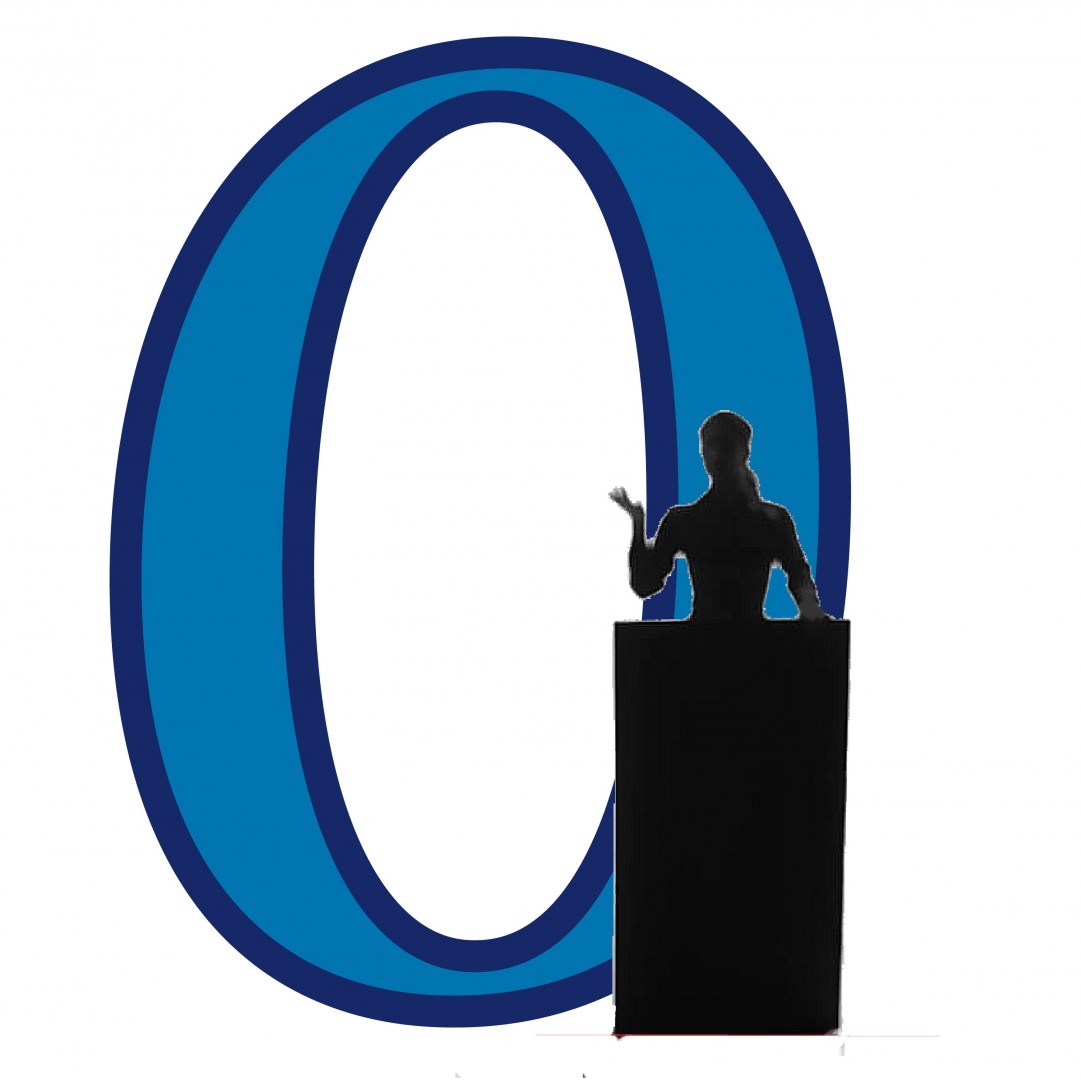On Feb. 13, Facebook announced on its diversity page that it will now allow its users to identify themselves as more than male or female for their gender. This rollout of more than 50 new gender options came just in time for Valentine’s Day, and demonstrated that the social media giant is recognizing that some people choose to identify themselves as something other than male or female. This is a great and important step forward that should be followed by other sites where profiles can be created.
The announcement on the diversity page noted the social media company’s commitment to making its users feel comfortable on the site. “When you come to Facebook to connect … we want you to feel comfortable being your true, authentic self,” reads part of the announcement on the Diversity page. This move makes a lot of sense for Facebook, whose major goal is to allow users to create their own personal profile that they feel is the best representation of their true identity.
So what are these new genders? The list of more than 50 include options such as androgynous, bi-gender, intersex, cis male, cis female, gender nonconforming and transsexual, among others. The sheer number of options available demonstrates a basic but still significant form of recognition for the growing number of Americans who do not identify as simply male or female. Facebook software engineer Brielle Harrison, who identifies as a transwoman, told the Associated Press, “There’s going to be a lot of people for whom this is going to mean nothing, but for the few it does impact, it means the world.”
Initially, this new option will only apply to Facebook’s 159 million U.S. users, although it plans to expand the customizable gender option for international users as well in the future. The U.S. market was probably one of the most likely to accept the new options without much pushback.
Still, there has been some disagreement with the decision to make more options for gender available. Focus on the Family, a Colorado-based group that advocates for conservative values, does not support the decision. “Of course Facebook is entitled to manage its wildly popular site as it sees fit, but here is the bottom line: It’s impossible to deny the biological reality that humanity is divided into two halves — male and female,” said Jeff Johnston, an issue analyst for Focus on the Family.
For all practical purposes, this is an important step in taking acceptance of differences to a new level. Even though the number of people impacted relative to Facebook’s overall user base is miniscule, seeing the option available or seeing friends who have non-traditional identities will serve as a constant reminder that the world of gender identity today is not black and white but, pardon the pun, more than 50 shades of gray.
Everyone should be comfortable identifying with the gender they believe themselves to be, even though this is impossible when it comes down to a single checkbox. The move by Facebook should be heralded and replicated by other social media outlets and sites where users can build profiles, giving everyone the opportunity to identify as the gender that they see themselves.










